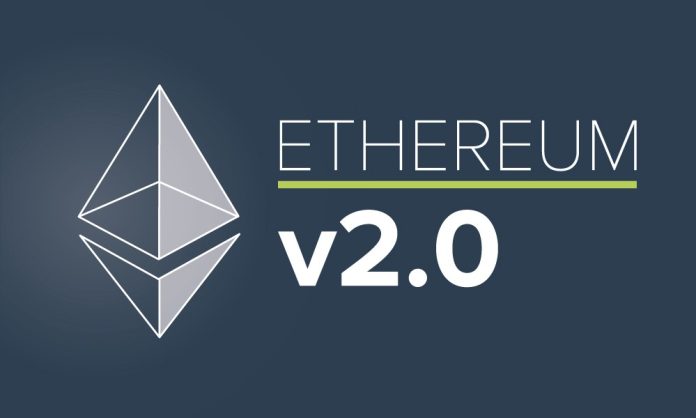First and foremost, Ethereum 2.0 isn’t a new asset. It is the name given to a set of updates coming to the Ethereum Network. Importantly, the initial updates will see Ethereum merging with the Beacon Chain as well as moving from a proof of work consensus to proof of stake. Moreover, over the next couple of years, additional updates such as sharding will roll out.
It isn’t as hard as it might appear to learn about Ethereum 2.0. Just remember that Ethereum (ETH1/Execution Layer) will merge with the Beacon Chain (ETH 2/Consensus Layer). As a reminder, the Beacon Chain is a separate network running parallel to Ethereum.
At the moment, Ethereum uses a proof of work (PoW) model to validate blocks. In the case of the PoW model, validators compete in order to gain the rights to produce the next block. However, after The Merge, Ethereum’s blocks will be produced only through the Beacon Chain, leveraging the proof of stake (PoS) model.
Ethereum’s PoW model will be shelved once and for all. What’s important, the Beacon Chain will be actively coordinating all the block validating activity, randomly selecting validators for participation.
Why should you pay more attention to BitiCodes
Thanks to BitiCodes, it is easier to make money. It is a complete crypto auto-trading software. The purpose of BitiCodes is to make life easier for inexperienced as well as experienced traders.
Don’t forget to take a look at its website; all you need to do is to open the link biticodes.com broker.
Just imagine, BitiCodes offers quick and easy access to some of the most popular cryptocurrencies. Last but not least, with more than 560,000 current active users, BitiCodes gained the reputation of being one of the most reliable auto-trading software.
What is the difference between proof of stake (PoS) and proof of work (PoW)
It is noteworthy that “Proof of stake” and “proof of work” are the most popular consensus mechanisms used in cryptocurrency in order to validate and add transactions to the blockchain.
Proof of work (PoW), popularized by Bitcoin, involves validators using extreme amounts of processing power to solve math problems as well as compete for the right to validate and create blocks. Notably, PoW validators are rewarded for each new block created.
In contrast to PoW, proof of stake (PoS) is a consensus mechanism where participants in a network have to stake some of the underlying asset in order to be able to participate in securing the network.
Interesting details about Ethereum 2.0
The Ethereum development community is working hard, and we expect Ethereum 2.0 to go live in 2022.
Some might ask, “Why is Ethereum moving to proof of stake?”
Its transition to PoS will bring numerous benefits, including improved efficiency, scalability, and security, as well as reduced centralization.
Hopefully, Ethereum will see a 99.95% reduction in power used to secure the network.
In its current PoW scheme, there is heavy reliance on high-output graphics cards. Unsurprisingly, not only are these expensive to replace, but also dependence on these creates unseen dependencies on supply chain dynamics. Importantly, after The Merge, a common laptop can be used in order to participate in securing the network.








